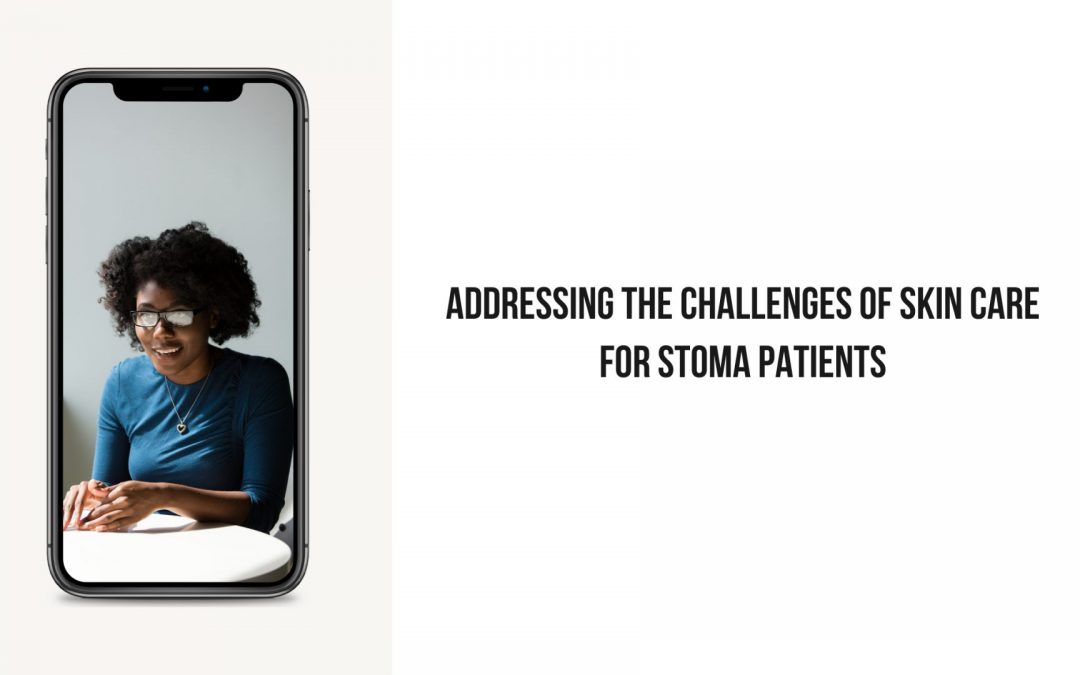Summary of Skin Care for Stoma Patients
All ostomates should be encouraged to contact their specialist stoma nurse for support and reassurance that there is help available to live comfortably with a stoma.
Skin starts out healthy. MARSI and MASD problems should not be a normal part of living with a stoma. Yet, only 25% of patients contact their stoma nurse for support, and 17% will not make any changes even when they have skin problems.8
The prevalence of skin complications is higher in those who experience stoma leakage. Regularly assessing the diameter and shape of the stoma and ensuring the template is the right size and shape is the first step in a skin health regime.
A thorough skincare routine can help prevent skin damage. For patients with concerns such as leakage, thin skin, additional skin conditions, or problems removing their pouch, skin protection products can be beneficial in preventing and treating both MARSI and MASD.
